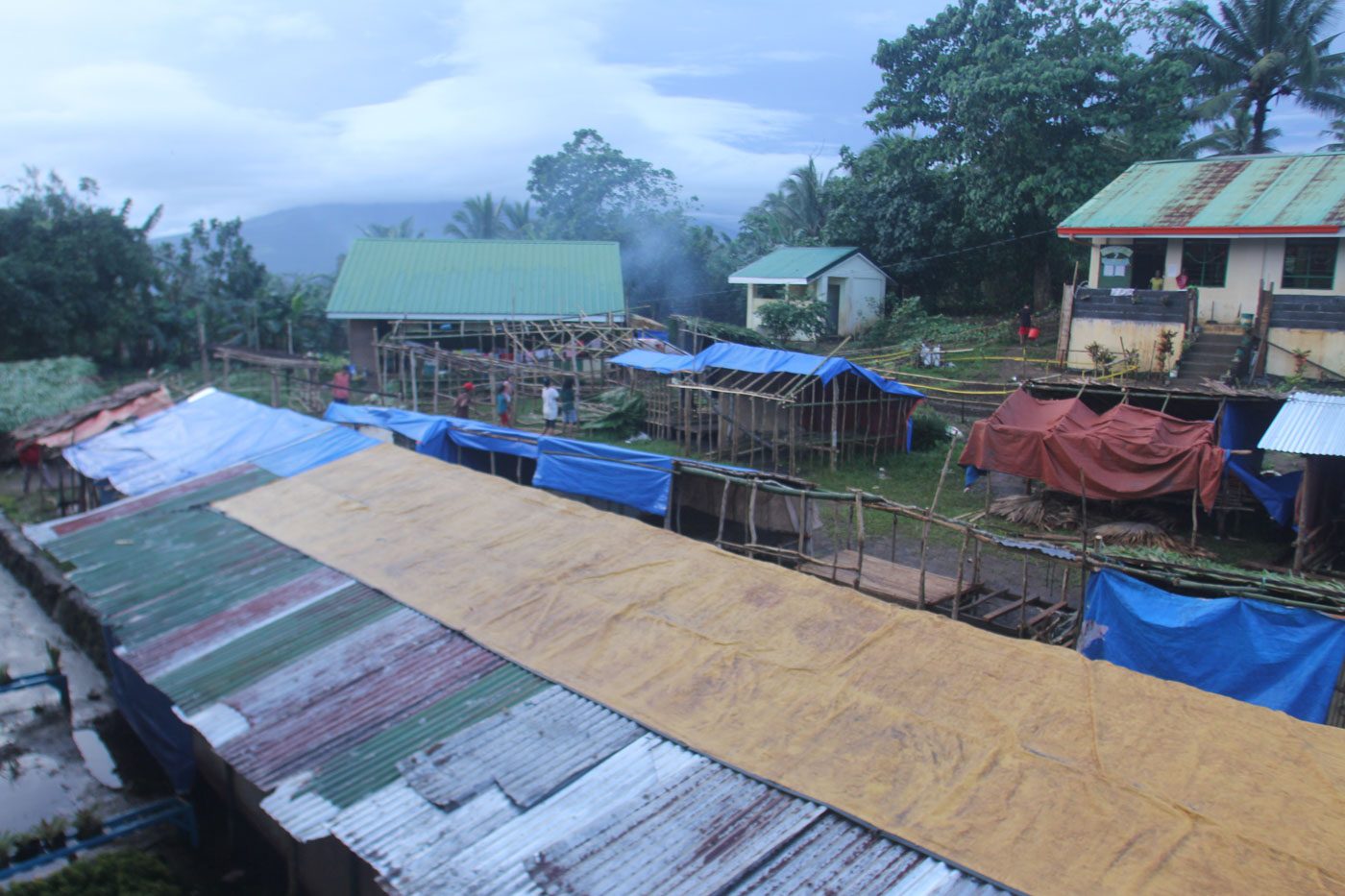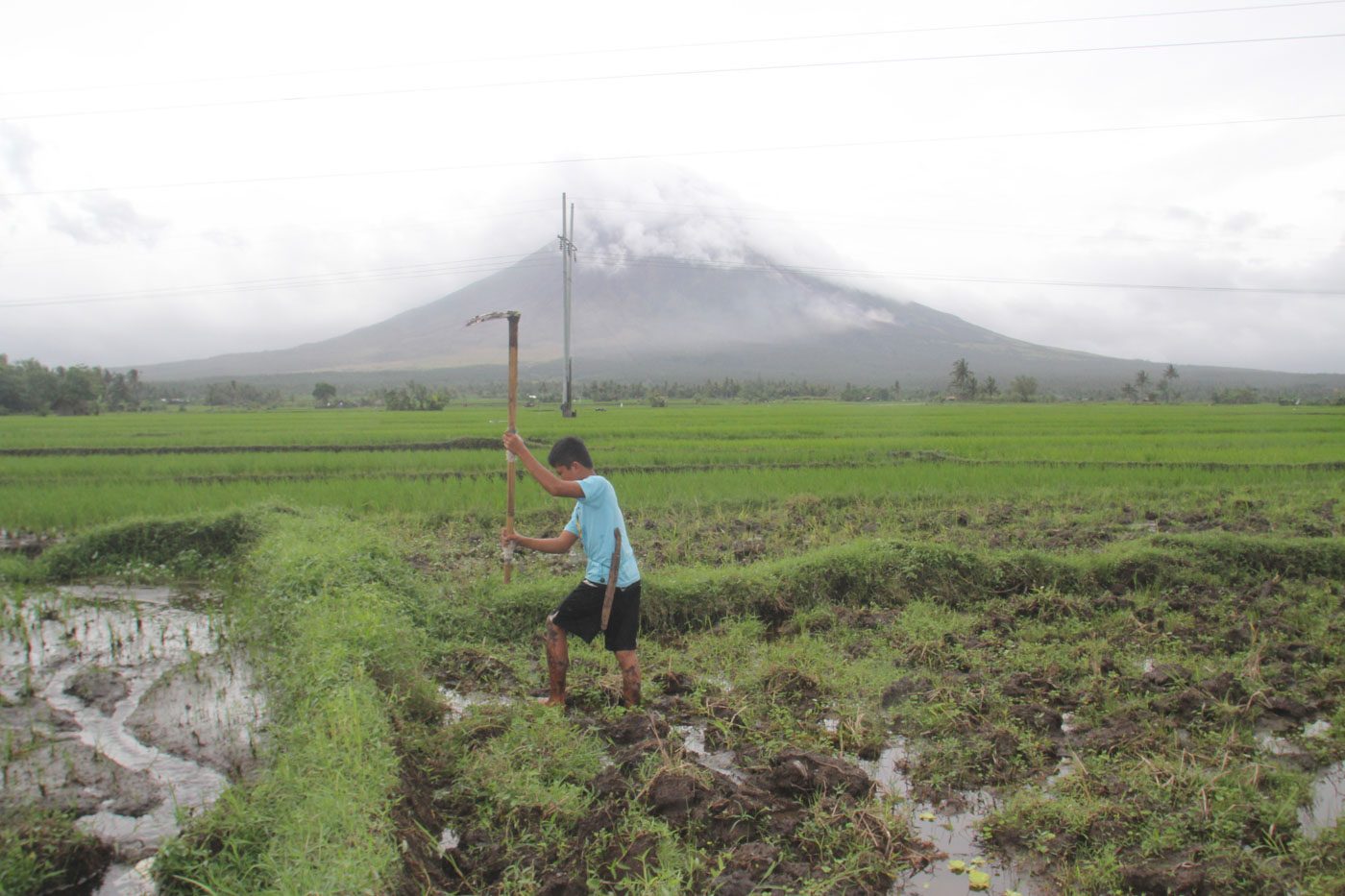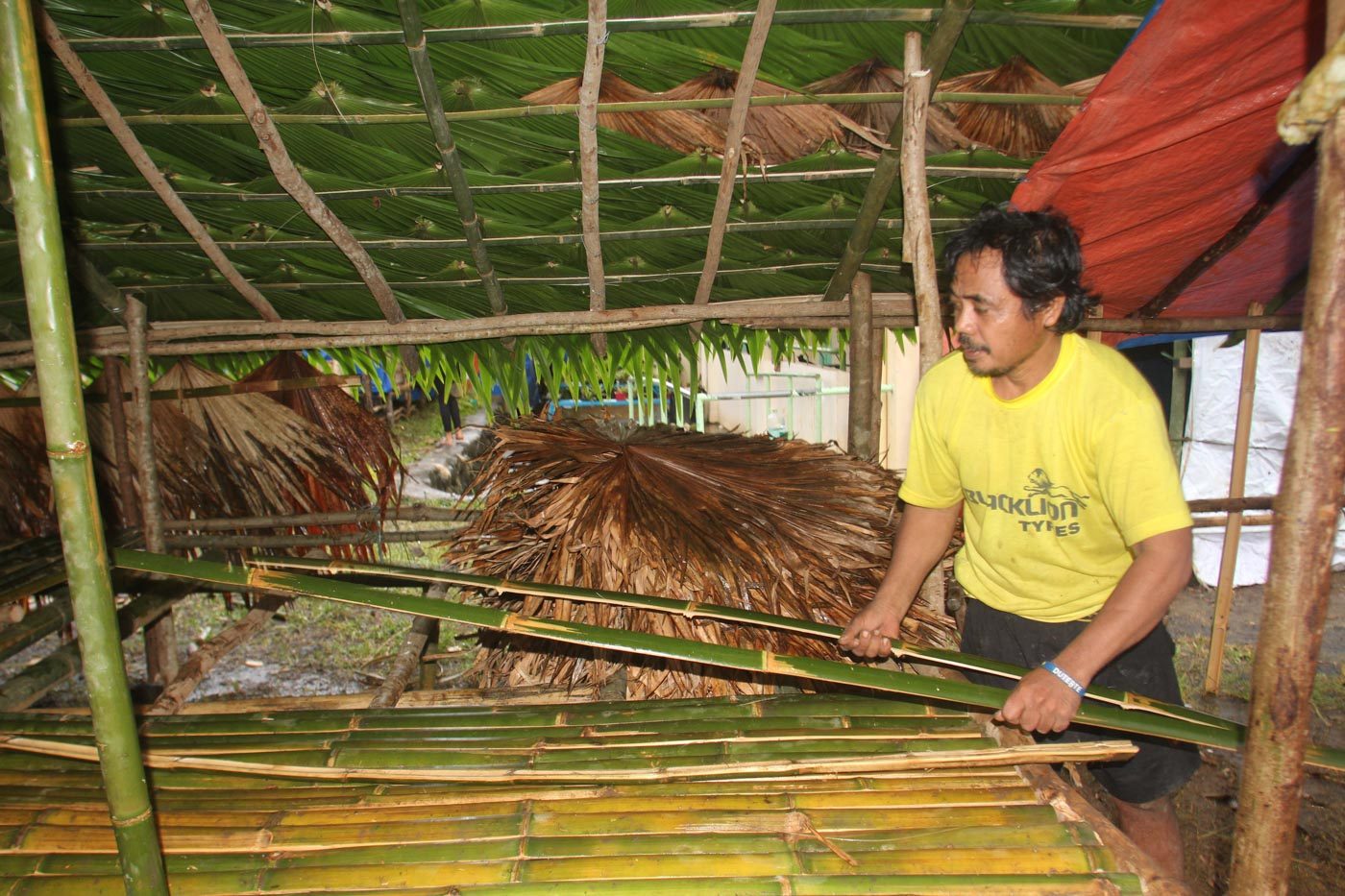SUMMARY
This is AI generated summarization, which may have errors. For context, always refer to the full article.

MANILA, Philippines – The Department of Social Welfare and Development (DSWD) gave P5 million worth of relief supplies to local government units (LGUs) affected by the threat of a Mayon Volcano eruption in Albay.
The DSWD said there are now at least 6,459 families or 24,381 persons in 29 evacuation centers set up by LGUs in Camalig, Guinobatan, Daraga, Ligao, Malilipot, Sto Domingo, and Tabaco. All of these areas are within the danger zone around the volcano. (READ: DSWD plans for immediate recovery in case of Mayon eruption)
According to DSWD Officer-in-Charge Emmanuel Leyco, their field office remains on red alert as the Philippine Institute of Volcanology and Seismology (Phivolcs) has retained Alert Level 3. This means the Mayon Volcano could erupt within weeks or even days.

As of posting, the lava flow has advanced to 3 kilometers from the summit crater, still within the 6-kilometer (km) permanent danger zone (PDZ).
Lifted class suspensions
The Albay provincial government has already lifted class suspensions for 3 cities and 5 towns where evacuees are staying. (READ: Albay seeks ‘augmentation support’ from gov’t for evacuees)
Cedric Daep, chief of the Albay Public Safety and Emergency Management Office (Apsemo), said classes will resume on Monday, January 22.
“Classes resume tomorrow for areas with Mayon evacuees while construction of temporary learning shelters is set to be done in the coming days,” Daep said.
In some evacuation centers, residents like Salvador Rodriguez, 48, and Romeo Bolante, 67, have taken the initiative to build their own temporary shelters to give way to the resumption of classes.
“We brought with us bamboos, anahaw leaves, and nails to build our temporary home without the help of the government. We practice this scheme whenever there is a Mayon eruption to decongest classrooms and not to hinder classes,” Rodriguez said.

The provincial government used at least 481 classrooms as temporary shelters for residents who fled their homes.
The Department of Education (DepEd) estimated that it needs to build 243 temporary learning shelters (TLS) to compensate for the classrooms being used as evacuation centers.
The construction of the TLS, along with the purchase of hygiene kits and cleaning materials, will be sourced from the P19-million fund approved by Education Secretary Leonor Briones. – with a report from Rhaydz Barcia / Rappler.com
Add a comment
How does this make you feel?
There are no comments yet. Add your comment to start the conversation.